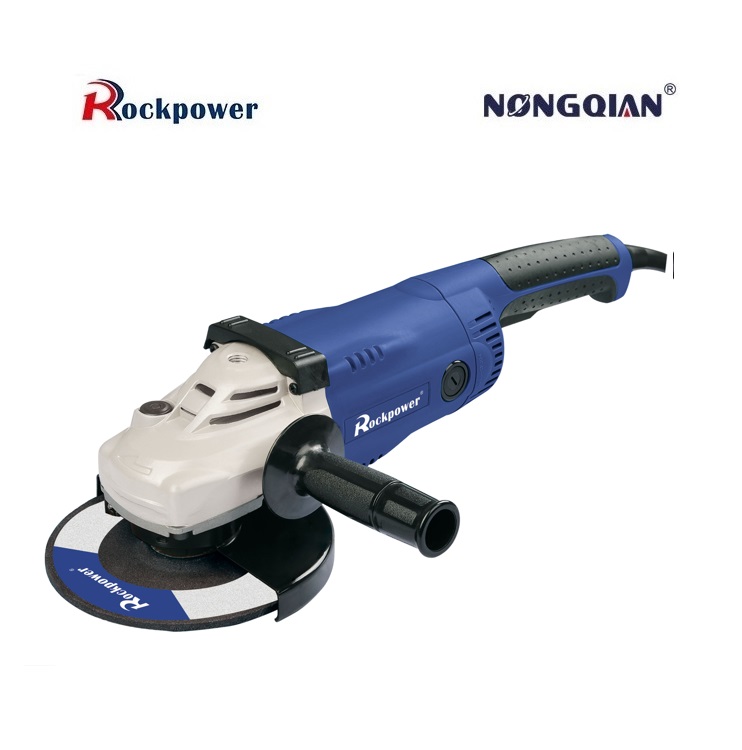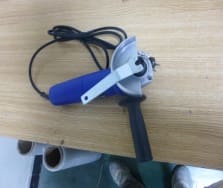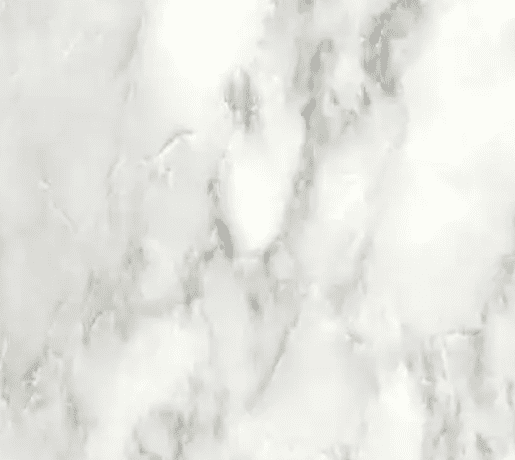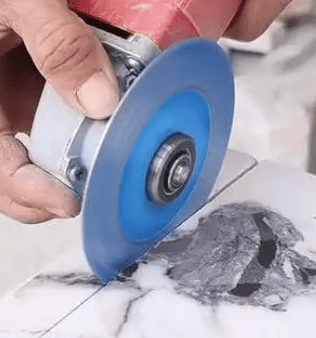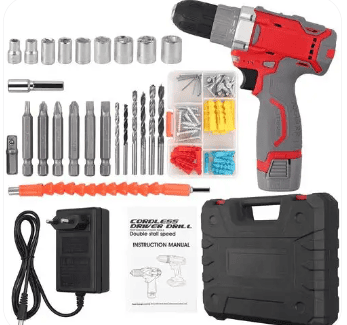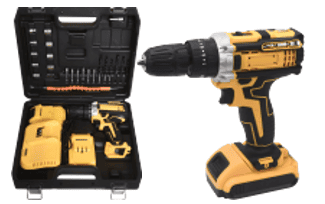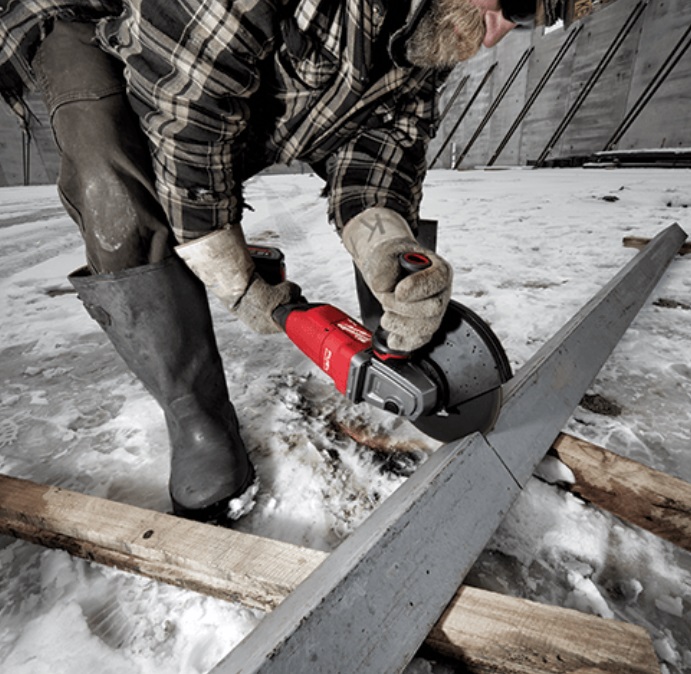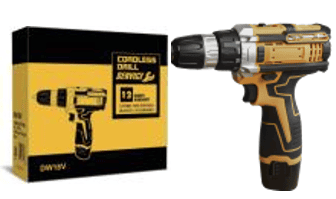Can a knife cut marble?
Can a Knife Cut Marble? Yes, Marble Can Be Scratched by a Knife Blade, But It Requires Significant Force.
The direct answer to the question “Can a knife cut marble?” is nuanced. You cannot typically slice through a thick slab of marble like you would wood or cheese with a standard kitchen or pocket knife. However, yes, the blade of a sufficiently hard knife, pressed with enough force, can scratch or score the surface of marble. This scratches rather than cleanly cuts, and understanding why requires delving into marble’s fundamental properties and the mechanics of cutting.
I. The Hardness and Structure of Marble: Why Scratching is Possible, But Cutting Deeply is Hard
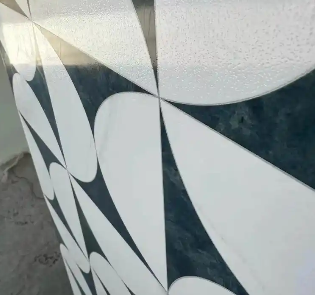
Marble is fundamentally a metamorphic rock. It begins its life as limestone or dolostone, composed primarily of the mineral calcite (calcium carbonate – CaCO3) or dolomite (calcium magnesium carbonate). Over immense geological time, subjected to intense heat and pressure deep within the Earth’s crust, these sedimentary rocks recrystallize. This process transforms them into marble, characterized by its interlocking mosaic of calcite or dolomite crystals. This recrystallization destroys any original fossil content or sedimentary structures and typically introduces the beautiful swirling veining patterns prized in decorative stone, caused by impurities like clay, silt, sand, iron oxides, or chert.
The key property governing whether a knife can scratch marble is hardness, specifically measured on the Mohs scale. This scale ranks minerals from 1 (talc, very soft) to 10 (diamond, the hardest). Calcite, the dominant mineral in most marbles, has a Mohs hardness of 3. Dolomite is slightly harder at 3.5 to 4. Therefore, most marbles fall into the Mohs 3 to 4 hardness range. To put this in perspective:
- A human fingernail is about Mohs 2.5.
- A copper penny is about Mohs 3.
- Pure gold is very soft at Mohs 2.5-3.
- Silver is similarly soft at Mohs 2.5-3.
- A standard steel knife blade typically has a hardness around Mohs 5.5. This is crucial – because the knife blade (Mohs 5.5) is harder than the calcite/dolomite in the marble (Mohs 3-4), it can scratch it. If you dragged a piece of copper (Mohs 3) across the same marble, neither would scratch the other significantly as they have similar hardness.
- Common glass is about Mohs 5.5.
- Quartz (found in granite, sand) is Mohs 7.
So, while marble is significantly softer than many stones like granite (Mohs 6-7) or engineered quartz countertops (Mohs 7+), it is harder than pure metals like gold or copper. Its structure, however, adds complexity. The interlocking crystal structure gives marble considerable strength against crushing weight. However, depending on grain size and direction, it can exhibit planes of relative weakness. Furthermore, while hard enough to resist light abrasion, calcite’s moderate hardness means it is vulnerable to scratching by objects harder than itself, like that steel knife blade pressed firmly. This scratching is essentially the knife blade’s harder mineral grains (or its sharp edge itself) fracturing and plowing through the softer calcite crystals on the marble’s surface.
II. Scratching Marble with a Knife Blade: Force, Damage, and Reality
Knowing that marble’s hardness (3-4) is less than a steel knife blade’s hardness (around 5.5) tells us scratching is possible in terms of mineral science. But moving from possible to actual requires significant downward force. You cannot lightly drag a knife over marble and expect a mark. You need to deliberately and firmly press the knife’s point or edge into the surface and drag it. This concentrated force overcomes the marble’s inherent strength at the microscopic contact point.
The result of this action is not a clean cut, but a visible scratch or score line. You are physically fracturing and displacing the calcite crystals along the path of the blade. This is permanent damage to the polished or honed finish of the marble. The scratch will appear as a dull, white line, contrasting sharply with the surrounding surface. This is because you’ve broken the crystal faces that were polished to reflect light uniformly; the scratch scatters light instead. The depth and visibility depend entirely on how hard you press and how many times you drag the blade.
It’s critically important to understand that this scratching is generally undesirable and destructive. Marble, especially when used for countertops, flooring, or sculpture, is valued for its smooth, lustrous finish. A deep scratch significantly mars its appearance and can be very difficult or expensive to repair. Professional polishing to remove scratches involves grinding down the surrounding surface to match the depth of the scratch, which is complex and risks altering the stone’s profile. Therefore, while you can scratch marble with a knife blade through deliberate, forceful action, it’s almost always an action to be avoided in practical use. If you absolutely must test the material in an inconspicuous area (like the bottom edge of a countertop), extreme caution is advised.
III. Protecting the Marble Surface: Preventing Scratches and Stains
Given that marble can be scratched by knives and other harder objects, protecting its surface is paramount for maintaining its beauty and longevity. Prevention is far easier and cheaper than repair. Key strategies include:
- Physical Barriers: Always use cutting boards when preparing food. Never cut directly on the marble surface. Similarly, use coasters under all glasses, especially those containing alcohol or citrus juices, which can etch the surface (more on that below). Use placemats or tablecloths under dishes and utensils. Felt pads under decorative objects and furniture legs are essential to prevent scratching from movement.
- Regular and Proper Cleaning: Clean spills immediately, especially acidic substances like wine, coffee, soda, fruit juices, vinegar, and tomato sauce. Use only pH-neutral cleaners specifically formulated for natural stone. Avoid all-purpose cleaners, vinegar, lemon juice, bleach, or ammonia-based cleaners, as these are often acidic or alkaline and can etch the surface (chemically dulling it, making it look scratched even without physical abrasion). Etching is a chemical reaction where the acid dissolves the calcite, leaving a dull spot. Simply wipe surfaces regularly with a soft cloth or sponge and warm water. Rinse well if using a stone soap and dry with a soft towel to prevent water spots.
- Sealing: While not a force field, penetrating sealants (impregnators) are crucial. These are typically resin-based and soak into the microscopic pores of the marble, creating a hydrophobic barrier. This does not make the marble harder or scratch-proof. Instead, it significantly slows down the absorption of spills, giving you more time to clean them up before they can cause staining or etching. Sealants need to be reapplied periodically (frequency depends on use and the specific sealant – follow manufacturer instructions or consult a professional). Remember, sealing protects against stains and slows etching but offers minimal protection against physical scratches from sharp objects like knives.
- Mindful Use: Be conscious of what comes into contact with the marble. Avoid sliding heavy or abrasive objects across it. Keep grit and sand off the surface, as these particles (often containing quartz, Mohs 7) are harder than marble and will act like sandpaper underfoot or under objects, causing fine scratches.
IV. Cutting Full-Body Marble Tiles: The Right Tools for the Job
When it comes to actually cutting through marble tiles – a necessary task for installation – knives are utterly useless. Full-body marble tiles (where the color and pattern run consistently throughout the tile’s thickness) require specialized tools designed to handle the stone’s hardness and density. Common and effective tools include:
- Manual Tile Cutter (Snap Cutter): This handheld tool features a hardened tungsten carbide wheel mounted on a rail system. You score the surface of the tile in a straight line by firmly dragging the wheel across it under pressure. A lever mechanism then applies sudden, focused pressure directly under the scored line, snapping the tile cleanly in two. This tool is efficient, relatively inexpensive, portable, quiet, and dust-free, making it very popular. Important Notes: Its effectiveness diminishes rapidly on very thick tiles (generally best under 6-8mm for marble) or tiles with extreme hardness or irregular grain structures. The quality of the scoring wheel and the evenness of pressure applied during scoring are critical for a clean break.
- Push Tile Cutter (Heavy-Duty Snap Cutter): This is a larger, sturdier, often table-mounted version of the manual cutter. It uses the same principle of scoring and snapping but provides much greater stability, leverage, and cutting capacity. It can handle thicker and denser marble tiles (often up to 20mm) more reliably than a standard manual cutter. It still produces minimal dust and doesn’t require power or water.
- Wet Tile Saw (Stone Cutter): This is the most versatile and powerful tool for cutting marble tiles, especially for complex shapes (L-cuts, curves, notches), very thick tiles, or large volumes. It consists of a motor spinning a diamond-coated circular blade. Water is continuously pumped over the blade and cut area to cool the diamond segments, suppress harmful silica dust, and lubricate the cut, resulting in a smoother edge and prolonging blade life. Diamond blades are specifically designed to abrade through hard materials like stone and ceramic. Wet saws offer the highest precision and flexibility but are more expensive, require a power source and water supply, generate slurry (wet dust), and are louder and messier than snap cutters.
Key Considerations for Cutting Full-Body Marble Tiles:
- Water is Essential (for Wet Saws): Never operate a diamond blade designed for wet cutting without water. The heat generated from friction will rapidly degrade the diamond segments, ruin the blade, potentially warp the tile, and create hazardous dust.
- Proper Blade Installation and Depth: Ensure the diamond blade is securely mounted on the saw arbor (shaft) with the correct washers and tightened according to the saw’s manual. Adjust the cutting depth so the blade protrudes just slightly below the tile thickness – typically 1/4 to 1/2 inch. Cutting too deep increases drag, heat, and blade wear unnecessarily.
- Precise Measurement and Marking: Use a sharp pencil or a felt-tip marker designed for stone to clearly mark your cut line on the tile’s surface. Double-check measurements. A straightedge clamped to the tile can guide the saw or snap cutter for perfectly straight cuts.
- Safety First: Cutting stone generates dust (even wet saws create slurry) and flying fragments. Always wear certified safety glasses to protect your eyes from debris. Wear a respirator rated for silica dust (NIOSH N95 or better) when dry cutting or handling dry dust/slurry, as crystalline silica is a serious health hazard. Wear gloves to protect hands from sharp tile edges and slurry. Wear hearing protection, especially when using power saws. Ensure good ventilation. Follow all manufacturer safety instructions for the tools you are using.
V. Can a Ceramic Tile Cutter (Knife) Cut Marble? Feasibility with Caveats
Ceramic tile cutters (often called tile nippers or carbide scribes) are handheld tools primarily designed for scoring and snapping softer ceramic wall tiles or making small notches. They feature a small, extremely hard tungsten carbide tip or wheel. The question is whether this specialized “knife” can cut marble.
- Feasibility – It’s Marginal and Limited: Technically, the tungsten carbide tip (Mohs 8-9) is far harder than marble (Mohs 3-4). Therefore, yes, it can scratch and potentially score marble. You might be able to score a line on a thin marble tile or make a very small notch with significant effort and multiple passes. However, it is not a practical or reliable tool for cutting marble tiles for several reasons:
- Force Required: Scoring marble requires vastly more force than scoring soft ceramic. It’s physically demanding and difficult to maintain consistent pressure for a clean score line.
- Snapping Difficulty: Marble, despite its moderate hardness, is more brittle than ceramic. The snapping mechanism of a ceramic tile cutter is designed for the specific fracture properties of ceramic, not marble. Attempting to snap marble along a score made by a ceramic cutter often results in an irregular, chipped, or shattered break, not a clean cut.
- Blade Wear: Marble will rapidly dull or chip the small tungsten carbide tip designed for softer ceramics.
- Thickness Limitation: It’s only conceivable on very thin marble tiles (veneer thickness). For standard countertop or floor tile thickness (10mm+), it’s essentially impossible to achieve a usable cut.
- Techniques and Alternatives (If Attempted): If attempting a small notch or score on thin marble in an emergency, choose a cutter with the sharpest, highest-quality carbide tip. Clamp the tile securely. Mark your line clearly. Apply firm, consistent pressure while scoring, making multiple passes if necessary. Support the tile directly under the score line if attempting a snap. Manage expectations – results will likely be poor. For any serious work, immediately move to the proper tools mentioned in Section IV (snap cutter or wet saw).
- Suitable Tools for Cutting Marble: As established in Section IV, the appropriate tools are:
- Manual Tile Cutter (Snap Cutter): Best for straight cuts on tiles up to about 8mm thick.
- Push Tile Cutter (Heavy-Duty Snap Cutter): Best for straight cuts on thicker/denser marble tiles (up to 20mm).
- Wet Tile Saw (Stone Cutter): Essential for all complex shapes (curves, notches), very thick tiles, large volumes, and the highest precision. Diamond blades are the only effective cutting medium for saws.
Conclusion: Scratching vs. Cutting – Understanding the Distinction
The question “Can a knife cut marble?” reveals the importance of defining “cut.” A standard knife cannot cut through a marble slab or tile like a saw. However, the fundamental principle of hardness dictates that a harder material (a steel knife blade, ~Mohs 5.5) can scratch a softer material (marble, Mohs 3-4). This scratching requires deliberate, significant force and results in permanent surface damage, not a functional cut. Protecting marble surfaces from such scratches and chemical etching is crucial for maintenance. When actual cutting of marble tiles is required for installation, specialized tools like snap cutters (for straight breaks) and water-cooled diamond saws (for precision and complex shapes) are necessary and effective. Ceramic tile cutters, while hard enough to scratch marble, are impractical and ineffective for producing usable cuts in this stone. Understanding marble’s properties and using the correct tools ensures both the preservation of its beauty and the successful execution of fabrication tasks.




















